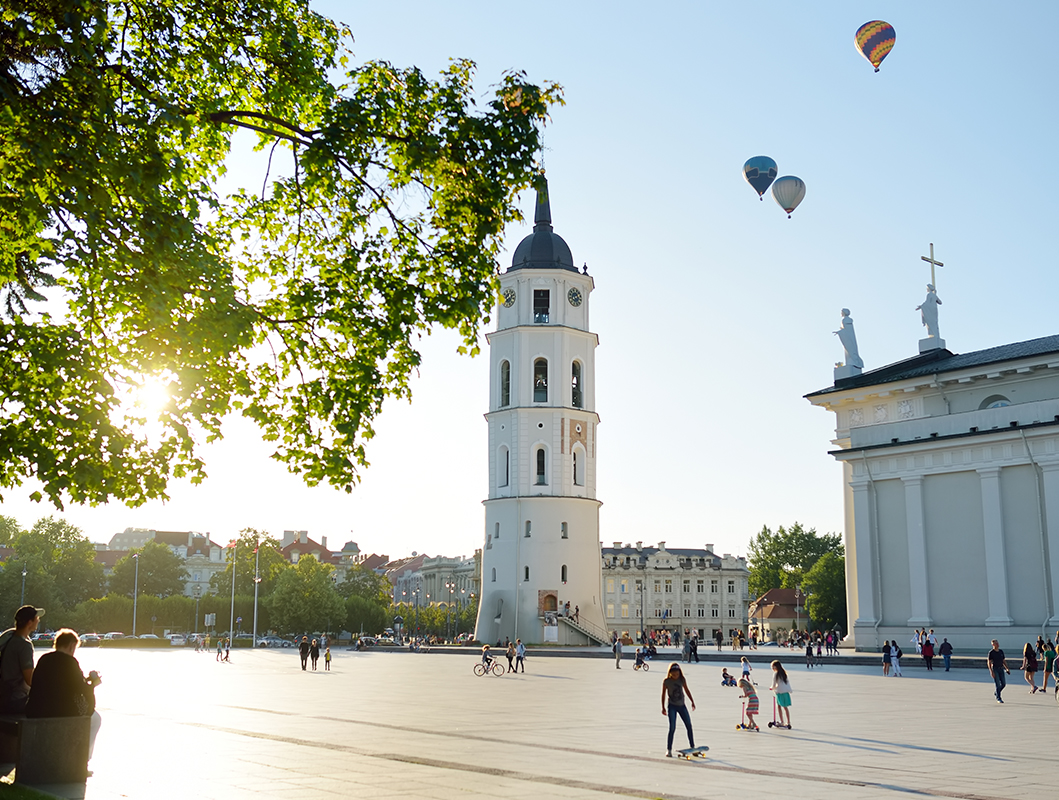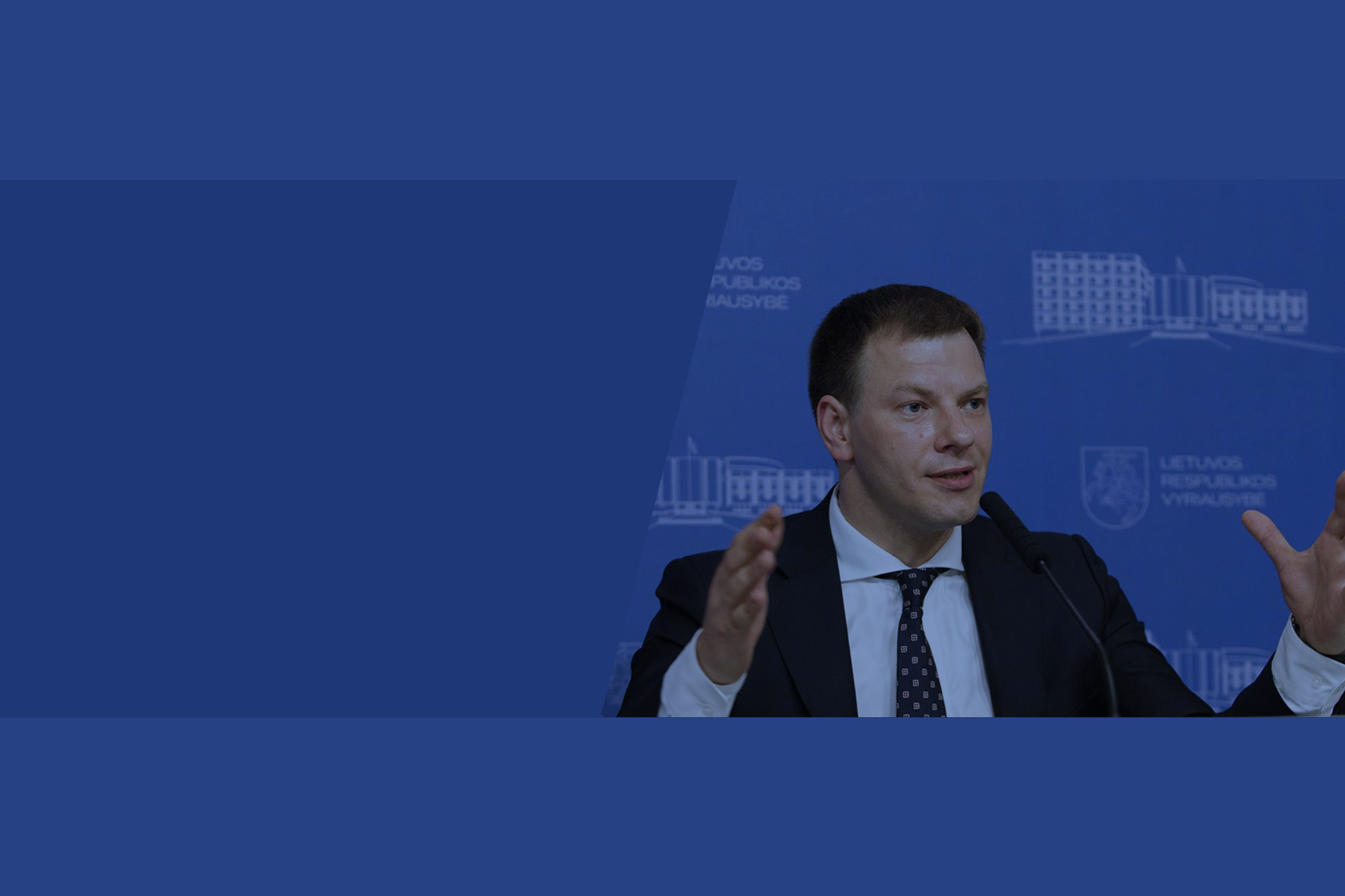


Our Media partner
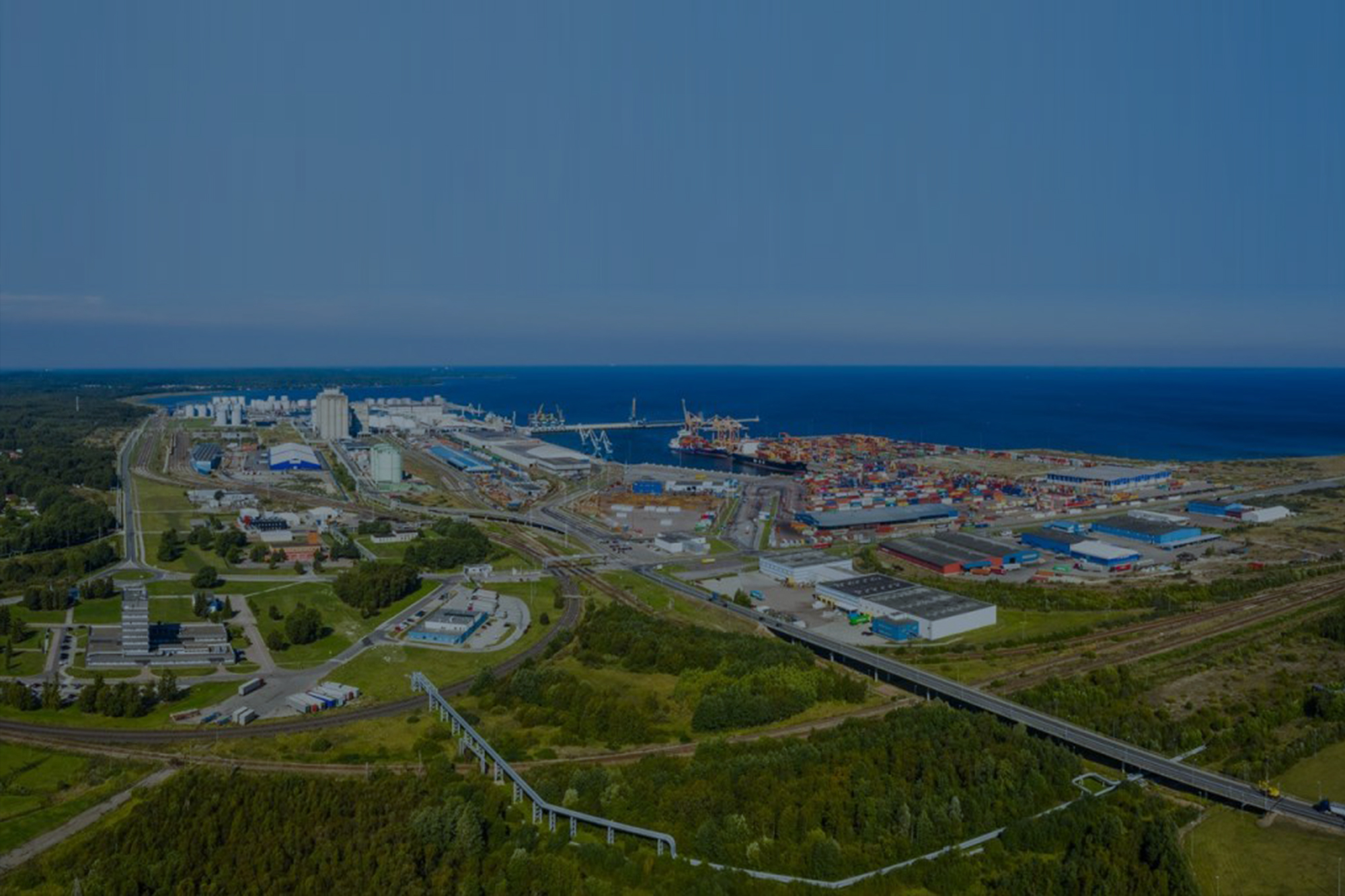


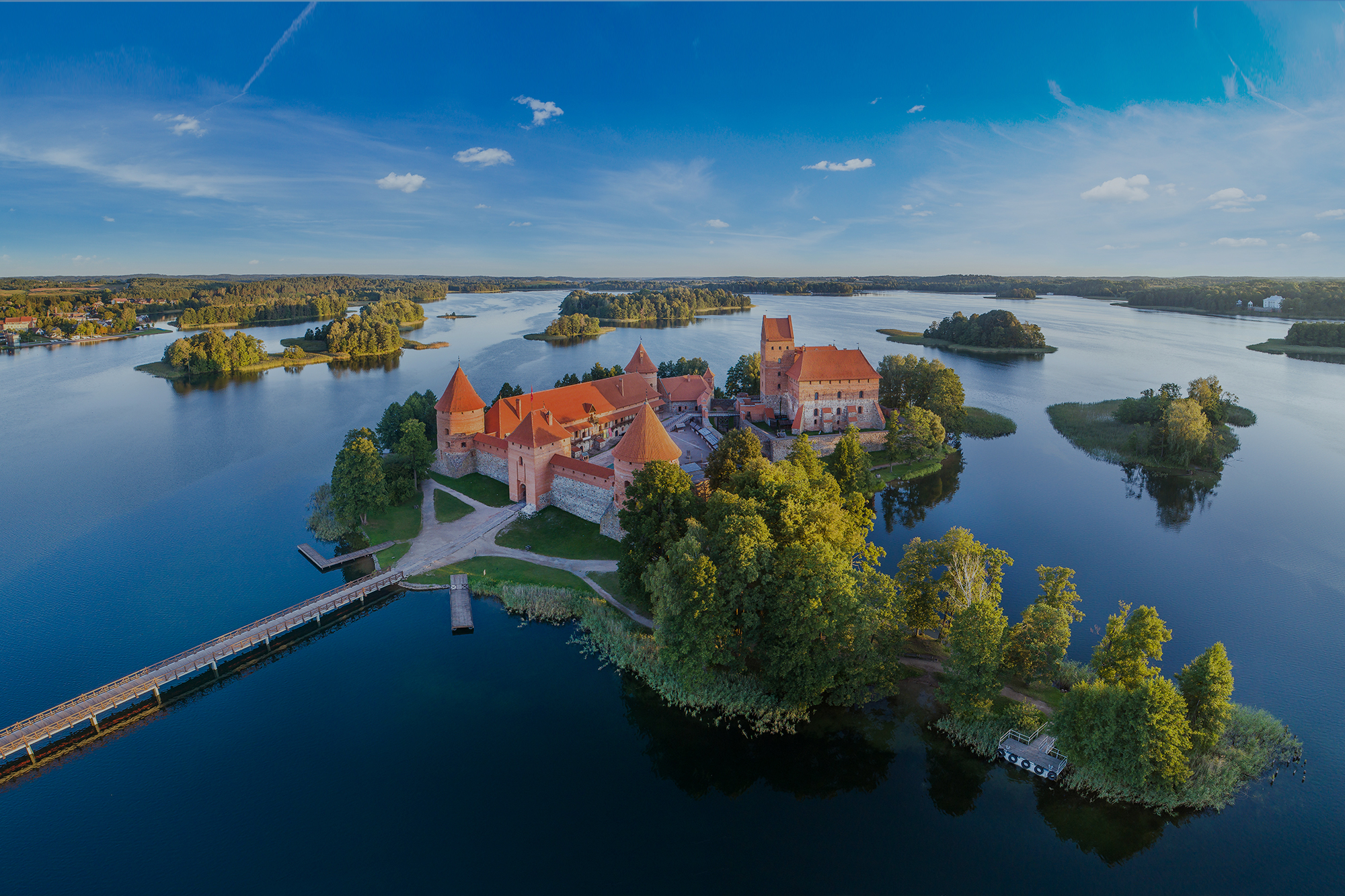
Having quickly flattened the coronavirus curve, the Baltic nation is now focused on rebooting its dynamic economy with equal speed
On 15 May, freedom of movement was restored between Lithuania and its neighbors Estonia and Latvia after two months of restrictions due to the global coronavirus crisis. “We can be proud that we, the three Baltic states, have successfully managed the first wave of COVID-19 and are the first in the European Union (EU) to open our borders to each other’s citizens,’ said Prime Minister Saulius Skvernelis.
Having led the country that sits at the crossroads of Eastern, Central and Northern Europe since 2016, Skvernelis’ government has received international praise for their handling of the pandemic. Lithuania registered its first case of COVID-19 at the end of February and, by 20 May, the republic had recorded only 1,577 coronavirus cases, with 60 people losing their lives. That equates to just 22 deaths per million of Lithuania’s 3-million strong population, in comparison with the U.S., for example, which had suffered 283 fatalities per million.
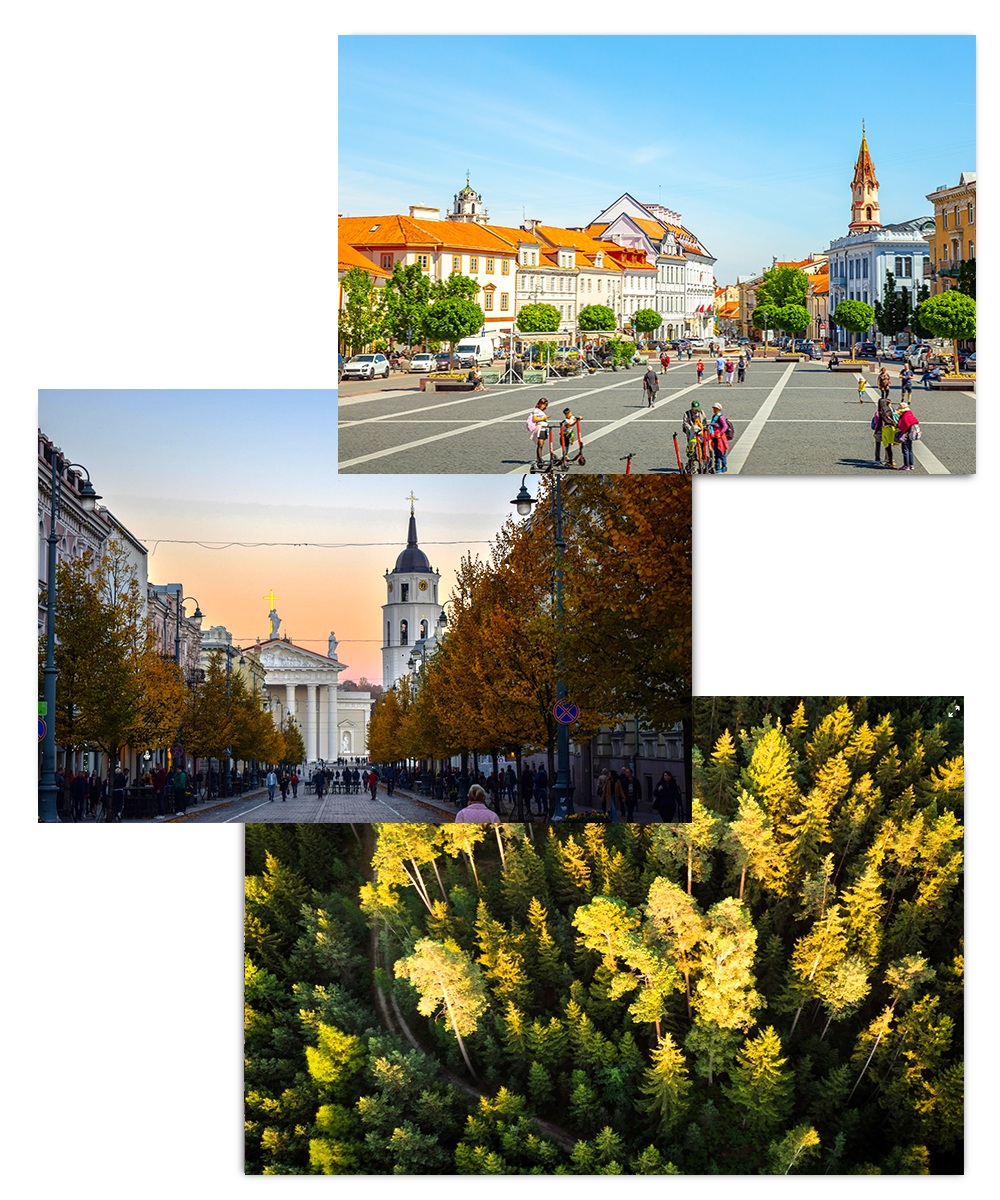
“The year-and-a-half plan, which complements our short-term measures, should help us recover and realize the potential that has emerged in this crisis; the potential is clearly visible and opportunities are great”
Saulius Skvernelis, Prime Minister of Lithuania
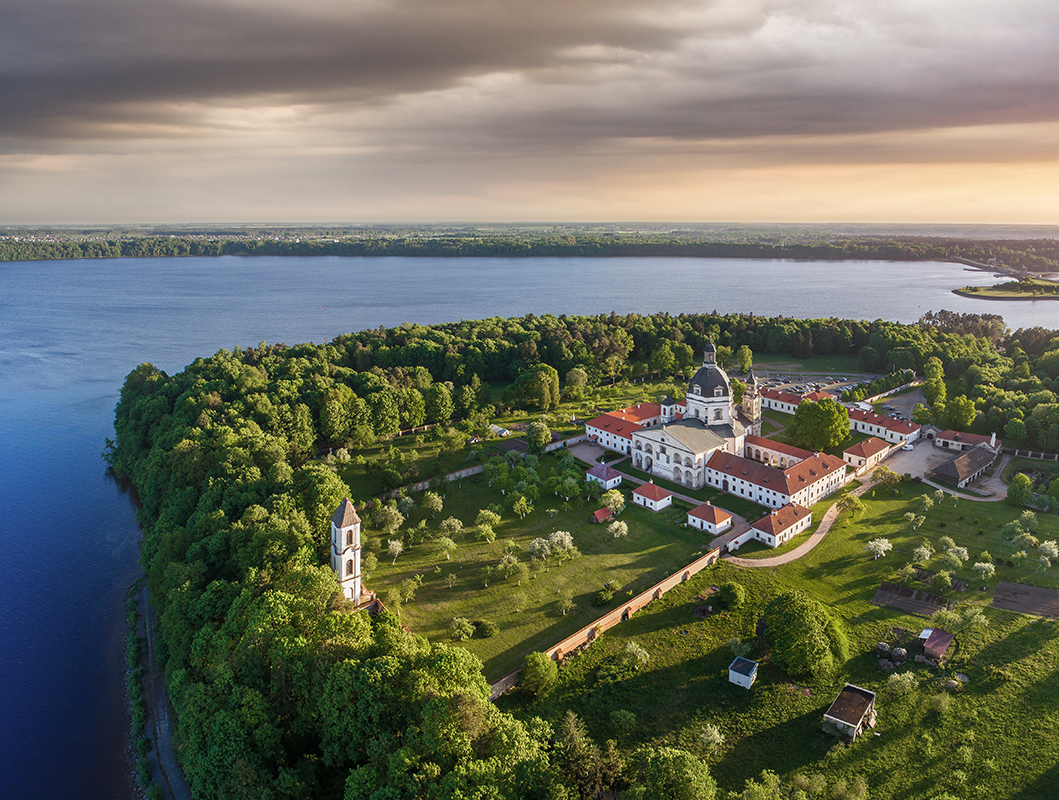
A €6.3-billion investment program will start in July
As early as March, the government introduced short-term financial measures to support the economy, businesses and citizens. In May, this was followed by an ambitious long-term investment plan—The DNA of the Future Economy—designed to ensure Lithuania continues to outpace other countries. According to Šapoka: “We plan to invest a total of €6.3 billion in the next year and a half, starting from 1 July. One invested euro of this will bring a return of almost €2.” The plan, financed through the national budget and EU funds, aims to cultivate an innovative, high value-added economic transformation that is adapted to the post-coronavirus global environment.
Human capital at the core of new economic DNA
The government’s strategy focuses on developing human capital to meet the new economy’s needs, further digitalization of the economy and businesses, innovation and research, economic infrastructure, climate change and energy, with attracting new investments also being a key component. This should not be a problem for a country that has seen record investment levels in recent years, with inflows reaching €61.3 billion in 2018, and which the World Bank rates as the 11theasiest place to do business worldwide.
